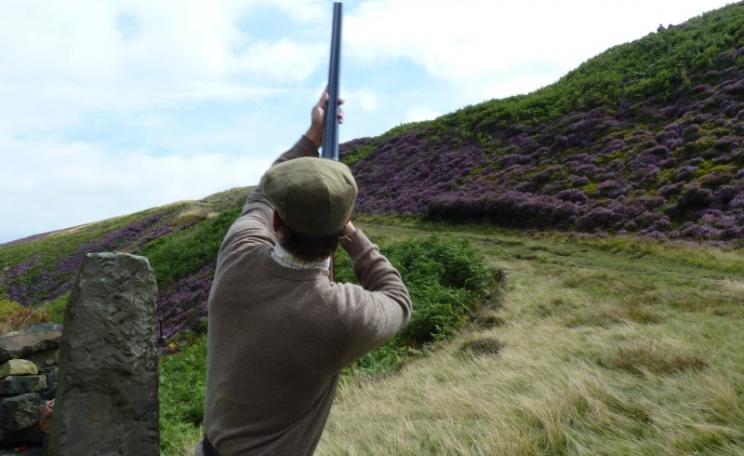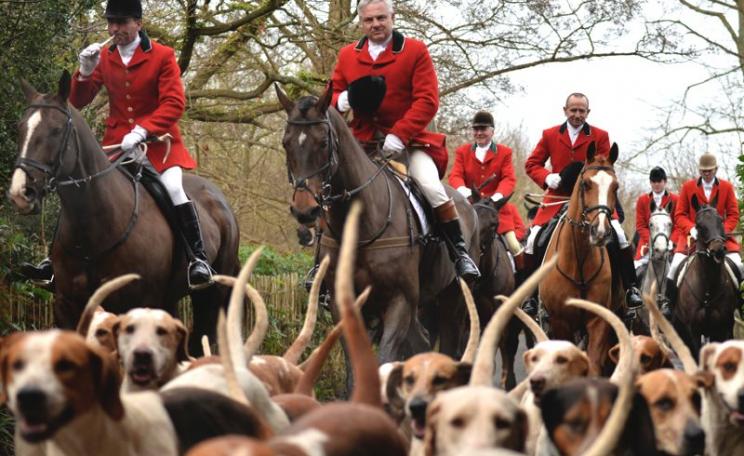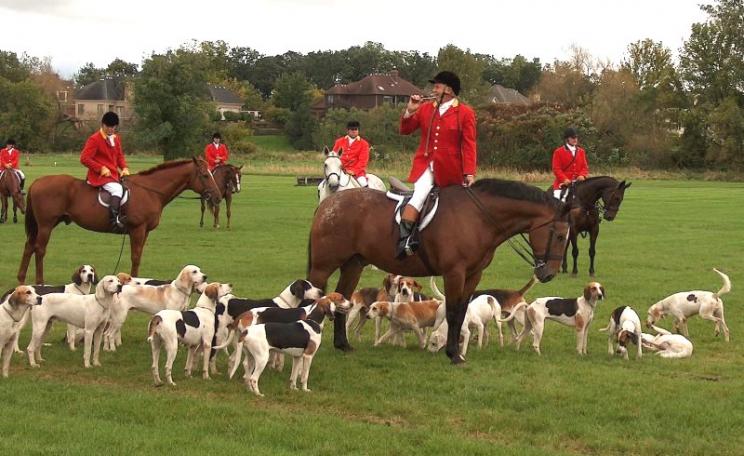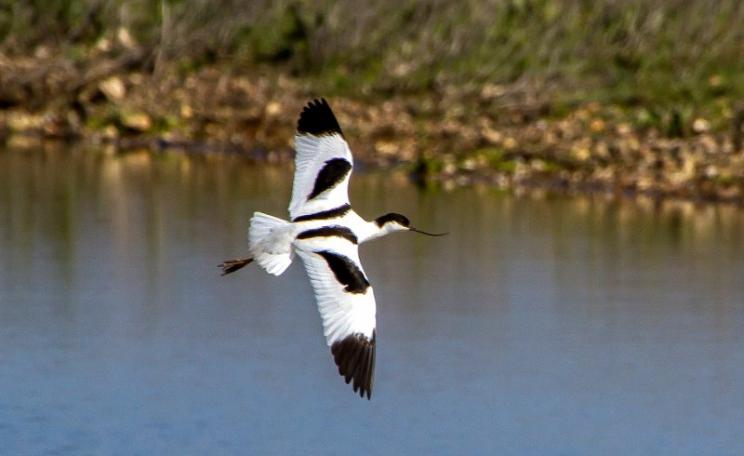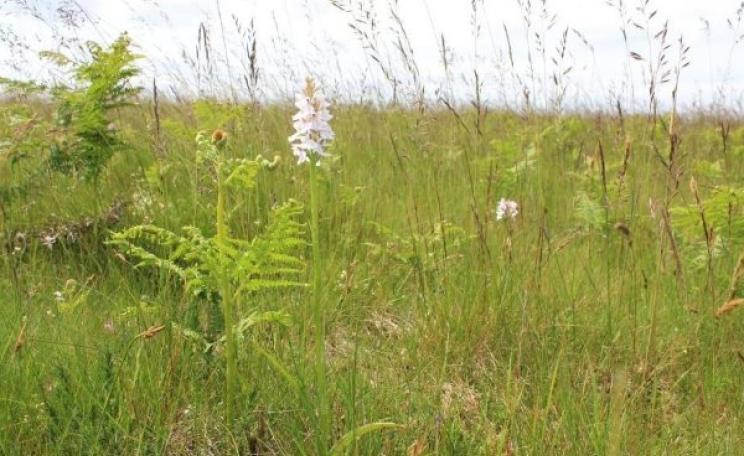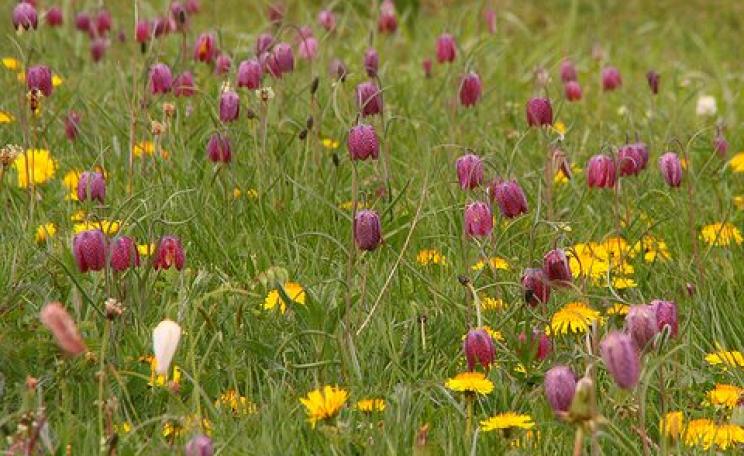Grouse moor owners are being paid millions of pounds through the environmental stewardship scheme, to protect the uplands. But they are burning blanket bog and making flooding worse.
For me, alongside the inspiration that comes from being in wild places in our scenic uplands, it has always been the wildlife associated with the spongy wonders of peat bogs that hold me in thrall.
Getting up close and personal with Sphagnum mosses and carnivorous sundews should not be limited to those that visit botanic gardens!
But the walkers amongst you will know that our peatlands are not in great condition. You can see for yourself the scale and extent of damage to peatlands from afforestation, drainage, overgrazing - and burning.
This was documented by the Climate Change Adaptation Sub-Committee last year - see Figure 4.5 here, which shows that just just 160 sq.km out of England's 3,550 sq.km of upland peatland are in good condition.
And, as I wrote in my first blog of 2014 (here), just 10.5% of the 162,000 ha of blanket bog designated as SSSI are in favourable condition in England.
A historic battle for Britain's bogs
In the late 1990s, the RSPB with many others successfully campaigned to end the extraction of peat from lowland raised bog SSSIs and to get trees off the internationally important bogs in the Flow Country. Today, we should be applying the same urgency to restore internationally important peatlands in the hills.
This would not only help wildlife, but also fulfil our legal obligations to restore these sites whilst safeguarding nature's free services that well-managed peatlands provide - such as locking up carbon, providing clear drinking water, and keeping water for longer on the hill to prevent downstream flooding.
But restoration will not happen if we keep burning our peatlands. In May 2013, Natural England completed its review of evidence of the impact of upland management practices including burning (see here).
In short, they concluded that burning vegetation on deep peat soils is preventing the recovery of the habitat and the species our protected sites are intended to look after.
Flooding, biodiversity loss
For those communities, like those at Hebden Bridge, living in the foothills of intensively managed moors there are more pressing reasons why they cry "Ban the Burn" - namely the flooding they attribute to the practice.
Burning the upland moors, they add, is "a practice mainly carried out by grouse shooting landowners, to create and maintain a heather habitat that is favourable for raising grouse."
And as Jim Peterken of Ban The Burn commented: "The general public may be interested in the issue that our hard-earned public tax money is being paid to rich landowners to flood us.
Grouse moor owners are being paid millions of pounds through the environmental stewardship scheme, to protect the uplands. But they are burning blanket bog and making flooding worse.
"Grouse moor owners are being paid millions of pounds through the environmental stewardship scheme, to protect the uplands. But they are burning blanket bog and making flooding worse in areas like Hebden Bridge. Not to mention destroying biodiversity."
127 consents to burn bogs - every one for grouse shooting
Earlier this year, we revealed the scale of burning on our internationally protected peatlands (see here). There are at least 127 separate historic agreements or consents allowing burning of blanket bog on sites internationally important for birds and deep peatland habitats.
Defra has confirmed that all of these consents take place on grouse moors where burning is designed to provide optimum conditions for red grouse.
We have compiled this information following our investigation into the management agreement that was struck between Natural England and Walshaw Moor Estate in 2012 (which I first aired here).
We have decided to put this information into the public domain for three reasons ...
- first, we are encouraging Natural England to act on their evidence review and produce guidelines which bring an end to burning on our protected upland peatlands
- second, any public money that flows up the hill to support land management in the hills (especially finite agri-environment money) must be made to work harder for wildlife and protect nature's free services. Future agri-environment agreements which allow burning on deep peat would be a waste of tax-payers' money
- third, we want to invite all landowners to end burning on deep peat and contribute to a national campaign for peatland restoration
We have also contacted Natural England for an update on any restoration that has taken place at Walshaw since the management agreement was struck in 2012.
Our right to know what benefit our money is buying
I think it is in all our interests, especially those taxpayers that walk through Walshaw Moor on the Pennine Way, to find out what progress has been made to block drains and improve the habitat on this internationally protected site.
If you would like to find out more about the detail of the Walshaw case and the wider concerns about burning on peatlands, please do visit our dedicated web pages here.
And do support our campaign to end the burning of our upland moors, and to introduce a licencing system for driven grouse shoots.
Martin Harper is Conservation Director at RSPB.
Campaign to Ban the Burn.
This article is an edited version of one originally published on Martin Harper's blog on the RSPB website.


